What is malaria? Facts, symptoms, and what World Vision is doing
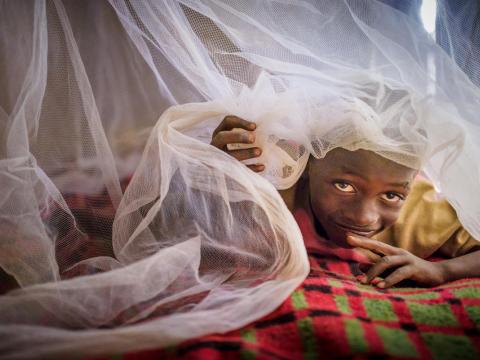
To most people, malaria seems like a relic of the past. After all, the transmission of the disease was eliminated in the U.S. nearly 70 years ago, with Europe being declared malaria free in 1975. However, the deadly, mosquito-borne disease is still a global scourge.
Nearly half of the world’s population — more than 3 billion people — is at risk of contracting malaria.
In 2020, there were around 241 million new malaria cases, and 627,000 malaria-related deaths.
Children under 5 years are the most vulnerable group affected by malaria; in 2020 they accounted for 77% of all malaria deaths worldwide - a child dies of malaria every two minutes.
Now that people know how to prevent, diagnose, and cure malaria, progress is being made against the disease. Effective insecticide-treated bed nets, spraying insecticides, antimalarial medications, and quick diagnoses and treatments make a big difference.
Globally, malaria mortality rates have dropped by 60% since 2000, but in 2020, the malaria mortality rate increased for the first time since 2015. The COVID-19 pandemic has caused a severe additional challenge worldwide, as resources and attention have been diverted to combat the virus.
World Malaria Day is observed each year on April 25. It serves as a reminder of the worldwide effort required to end the spread of this killer disease. The 2022 theme “Harness innovation to reduce the malaria disease burden and save lives”, will draw attention to the critical role innovation plays in helping to achieve global elimination goals.
Malaria disproportionately affects the poor, who often live in substandard housing near mosquito breeding grounds and lack access to health services. Children younger than 5 years old, pregnant women, and people living with HIV and AIDS are more susceptible to malaria because of compromised or immature immune systems.
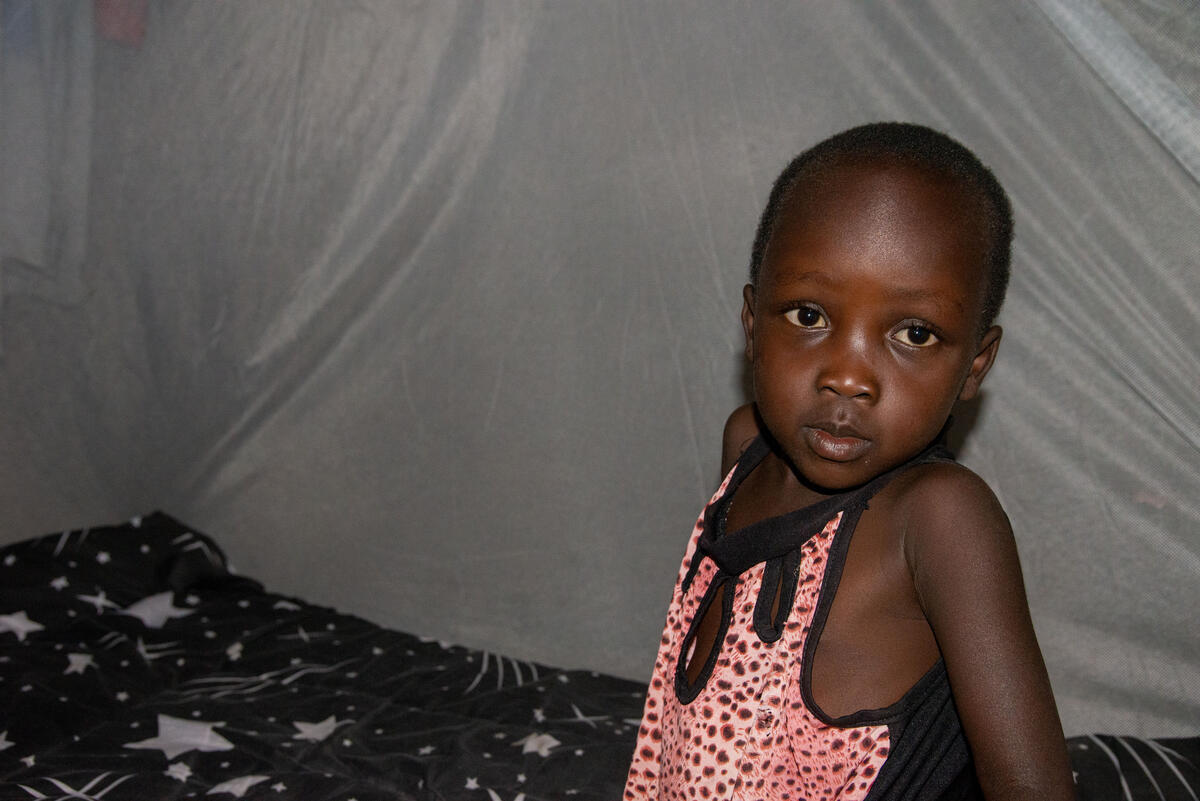
FAQs: What you need to know about malaria
Explore frequently asked questions about malaria, and learn how you can help children and families at risk.
- What is malaria?
- What are the symptoms of malaria?
- Why is malaria especially dangerous for infants and young children?
- What can be done to prevent malaria?
- Is there a malaria vaccine?
- How can I help people at risk of malaria?
- What is World Vision doing to combat malaria?
- Milestones in the fight against malaria
What is malaria?
Malaria is a serious, sometimes deadly, blood disease caused by the Plasmodium parasite.
It is transmitted to a person through the bite of an infected female Anopheles mosquito. The mosquito must have acquired the parasite by previously biting a person who carries the parasite in their blood.
The parasites multiply in the infected person’s liver before ultimately infecting and destroying red blood cells.
What are the symptoms of malaria?
People with malaria typically have high fevers, flu-like symptoms, and chills; they may also experience headaches and vomiting. Symptoms usually appear between 10 and 15 days after the bite of an infected mosquito.
If not treated, malaria can quickly become life-threatening by disrupting the blood supply to vital organs. Pregnant women are at higher risk of dying from complications of severe malaria.
Some of the signs of a severe case include very pale skin, indicating anaemia; severe vomiting; and convulsions. Severe malaria is more common in children.
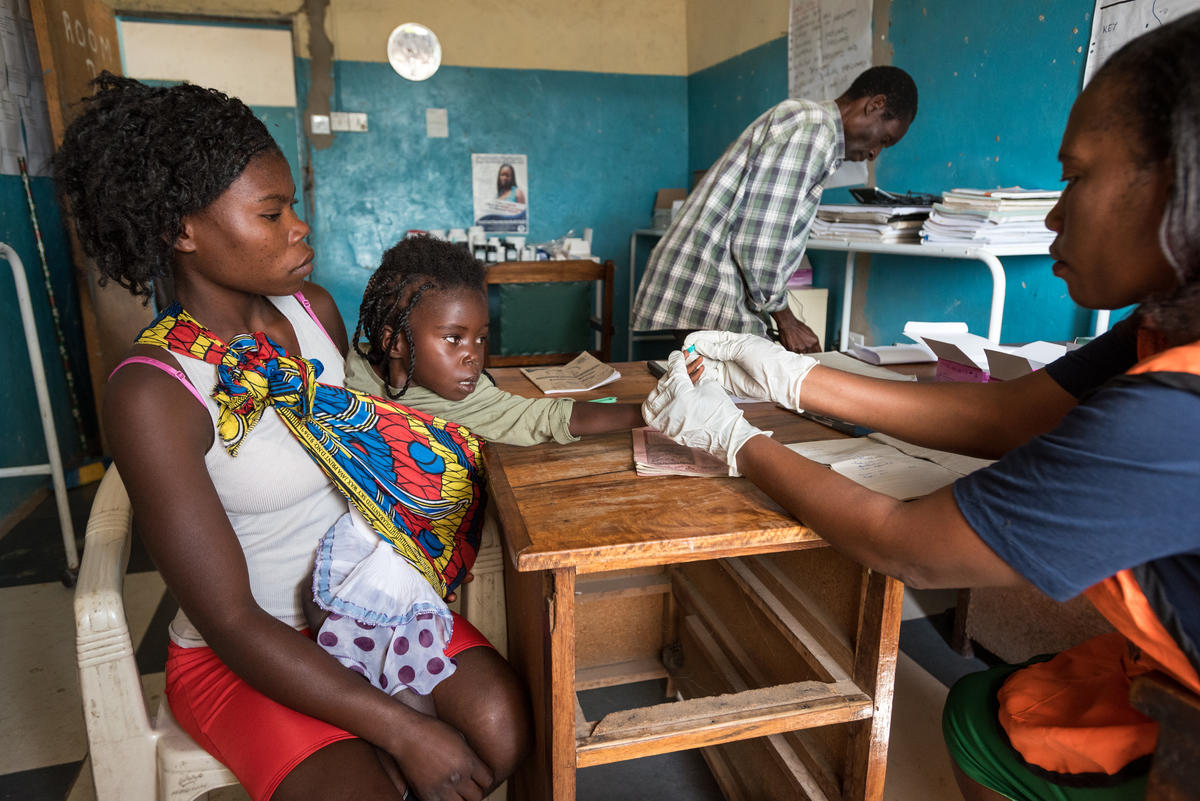
Why is malaria especially dangerous for infants and young children?
During pregnancy, an infection in the mother can cause low birth weight and result in infant death. In areas where malaria is common, the newborn will get some immunity from its mother at birth. However, this is almost gone by the time the infant reaches three months of age.
Children younger than 5 are among the most vulnerable to malaria. Where the disease is very common, people become partly immune during childhood. In these places, the majority of the malaria illnesses — and the majority of the serious cases that lead to death — occur in young children before they have developed immunity.
Children with malaria are also more likely to be anaemic — lacking enough healthy red blood cells to carry oxygen to tissues throughout their bodies. Left untreated, anaemia can result in death.
What can be done to prevent malaria?
- Sleeping under long-lasting insecticidal-treated bed nets protects against mosquito bites that spread malaria
- Taking antimalarial medications can prevent infections in pregnant women that could endanger their lives and those of their unborn children
- Cleaning up standing water around dwellings eliminates places for mosquitoes to breed
- Indoor spraying with an insecticide kills mosquitoes and rapidly reduces transmission
- Early diagnosis and prompt treatment with antimalarial medications can prevent a mild case of malaria from becoming severe and deadly
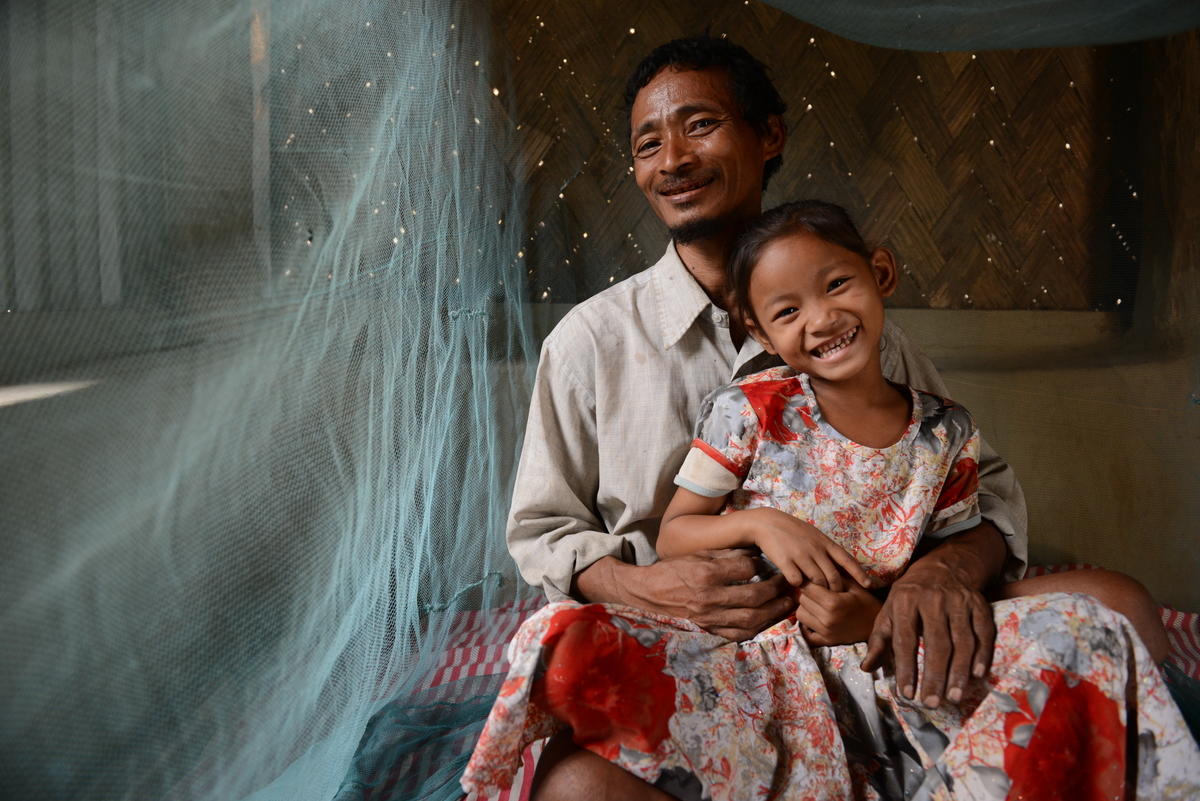
Is there a malaria vaccine?
The world’s first malaria vaccine — RTS,S — was piloted through routine immunisation services in areas of Ghana, Kenya and Malawi, starting in 2019. An evaluation was done to assess the public health value of the vaccine and on 6 October 2021, WHO recommended that the RTS,S malaria vaccine be used for the prevention of malaria in children living in regions with moderate to high transmission.
While the vaccine research continues, there are also antimalarial drugs that kill the parasites when they enter the liver or red blood cells. Along with insecticide-treated mosquito nets, and other preventives, they can help to protect against malaria.
How can I help people at risk of malaria?
World Vision has made the fight against malaria a top priority because we refuse to accept its impact on the poorest children — especially when simple, life-saving measures are at hand. Please join us in our efforts to prevent this deadly disease. And please pray for the children and families suffering from its effects.
- Pray: Holy Spirit, we see Your hand in the work to end malaria. Lift the spirits of all individuals who devote themselves to this effort, and help their work to achieve even greater results. Be with those who are ill, and help them make a full recovery.
- Give: Help provide life-saving interventions like insecticide-treated bed nets, medical care, prevention education, and more.
- Sponsor a child: World Vision’s sponsorship programme helps whole communities fight malaria with effective prevention and treatment, especially for vulnerable mothers and children.
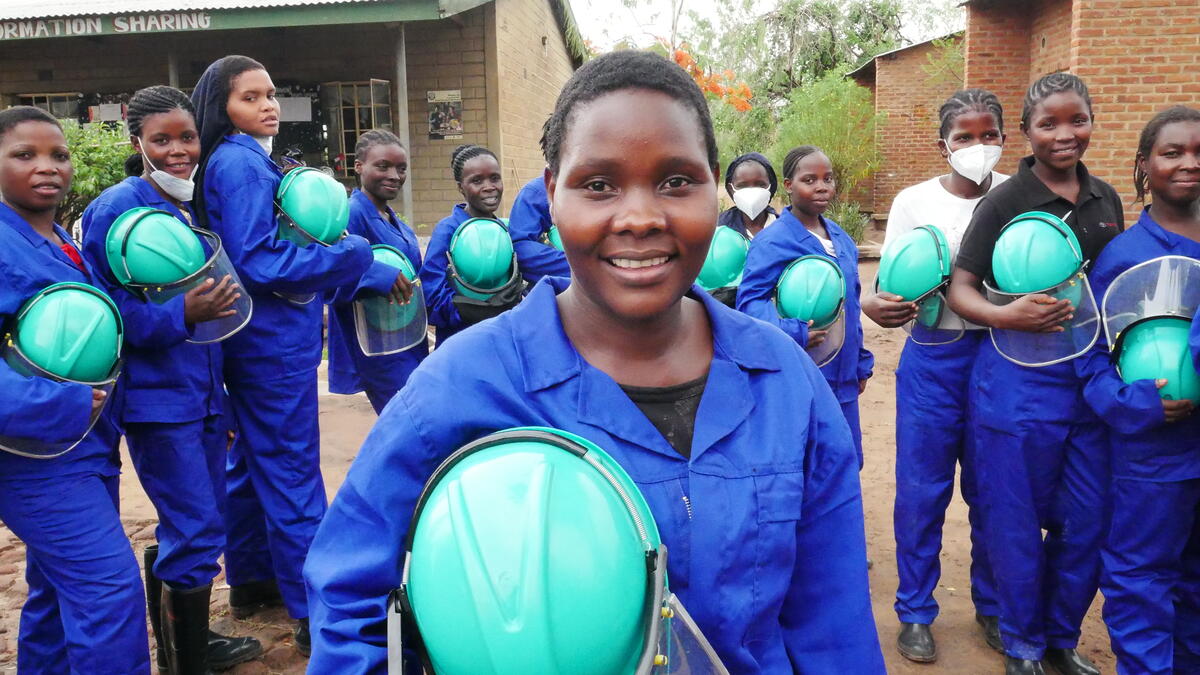
What is World Vision doing to combat malaria?
World Vision operates in nearly 100 countries, 51 of which have ongoing malaria transmission. As a child-focused organisation, World Vision has many years of experience implementing malaria interventions at the community level, mainly in sub-Saharan Africa, including the distribution of long-lasting insecticidal bed nets.
World Vision has partnered with the Global Fund since 2004, bringing prevention and treatment for HIV and AIDS, malaria, and tuberculosis. In 2018, World Vision was awarded $121 million in grant funding from the Global Fund to fight malaria in Malawi, Mozambique, Central African Republic, Thailand, Kenya, and Angola.
Prevention and treatment
- Providing families with insecticide-treated bed nets and information on how to use them
- Indoor residual spraying of insecticides
- Installing water, sanitation, and hygiene programmes that help eliminate mosquito breeding grounds
- Integrated Community Case Management, a strategy to train, support, and supply community health workers to diagnose and treat illnesses, specifically pneumonia, diarrhoea, and malaria, in children whose families find it difficult to access health facilities
- Strengthening national health systems to make sure families have access to diagnosis, treatment, and care
Information and education
- Training on how to properly use and care for bed nets
- Training for healthcare staff on care and case management
Advocacy
- Promoting awareness and support for eradication among local, national, and international groups
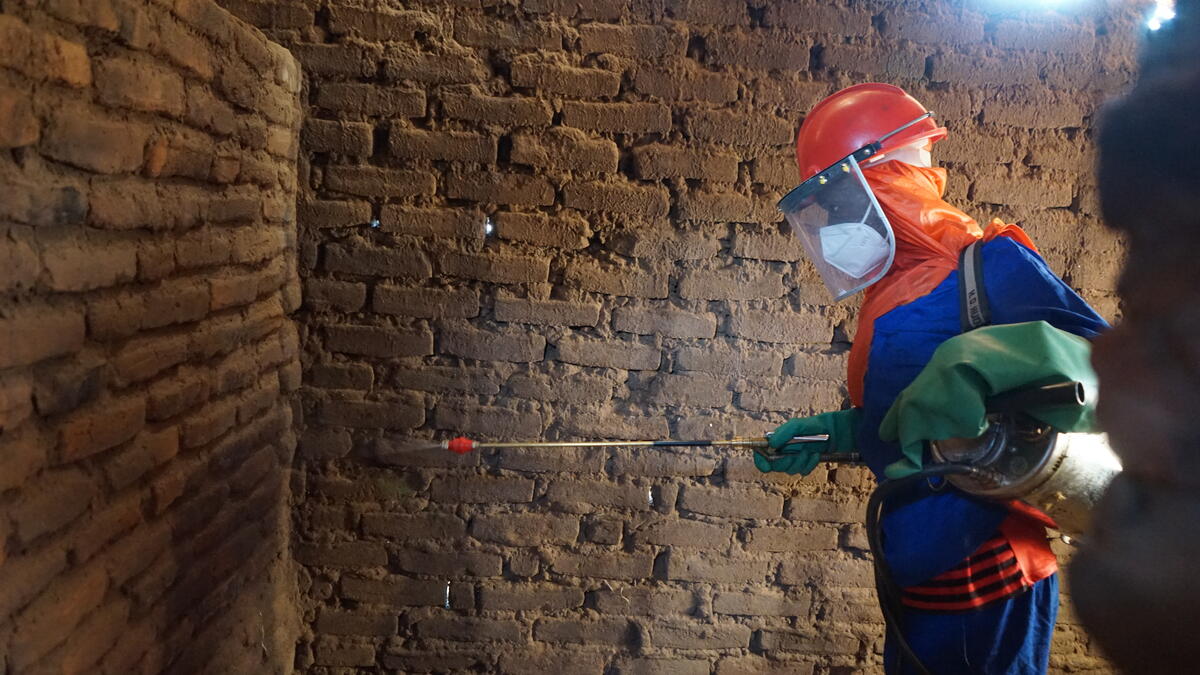
Milestones in the fight against malaria
1880s to 1890s — The parasite that causes malaria is identified and traced to mosquito transmission.
Early 1900s — Spraying insecticides proves effective in reducing the incidence of malaria and yellow fever during construction of the Panama Canal and the U.S. occupation of Cuba.
1930s to 1950s — Federal spraying programmes associated with the Public Health Service and Communicable Disease Center, later called the Centers for Disease Control (CDC), eliminate malaria transmission in the U.S.
1955 to 1970s — Attempts to eliminate malaria in other countries have more or less success depending on local conditions, the strength of the national health system, conditions of climate and development, and the capacity for carrying out controls.
2002 — The Global Fund invests about $4 billion annually to fight malaria, AIDS, and tuberculosis in locations of greatest need.
2006 — U.S. President George W. Bush’s President’s Malaria Initiative commits $1.2 billion to fight the disease in 15 countries.
2015 — A landmark 1 billion bed nets have been distributed in Africa since 2000. The global incidence of malaria has been reduced by 37% and death rates by 60% since 2000, achieving Millennium Development Goal targets.
2017 — The President’s Malaria Initiative expands to 24 countries and more than 90 million people in West and Central Africa.
2019 – Three countries – Ghana, Kenya and Malawi – piloted the world’s first malaria vaccine (RTS,S) through their routine immunisation programme, with the aim of assessing the vaccine’s safety, effectiveness and potential role in the context of routine use.
2020 – Global efforts are reported to have saved 7.6 million lives and prevented 1.5 billion cases of malaria since 2000.
2021 – WHO recommends that the RTS,S malaria vaccine be used for the prevention of malaria in children living in regions with moderate to high transmission, based on results of the ongoing 2019 pilot, which has reached 900,000 children.
Present to 2030 — Global malaria strategy and targets by the World Health Organization aim for a 90% case reduction by 2030.
#WorldMalariaDay #Malaria #MalariaVaccine #MalariaSymptoms